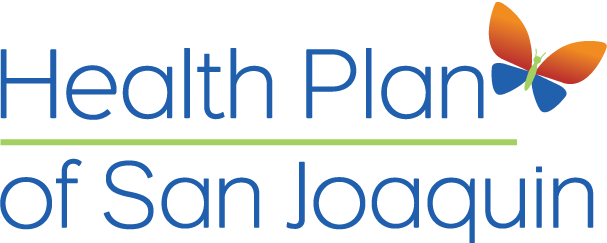Head of HPSJ reflects on five years of service, what’s to come
FRENCH CAMP—It’s been five years since Amy Shin became the CEO of Health Plan of San Joaquin, a not-for-profit health plan that helps low-income residents secure high-quality health care. In that time, Shin has worked tirelessly with HPSJ staff to increase membership, provide health education to the public and even combat illiteracy. Though there is a long way to go, Shin believes the organization is moving in the right direction.
Immigrating from South Korea with her family when she was only nine, Shin believes that education is key in being health and successful. “We have really put a lot of effort toward contributing to or sustaining or providing leadership in different community literacy programs that exist,” Shin said. “I’m an immigrant when I was nine. Obviously, when we came I spoke not one word of English. Here I am now, not only because of loving, supportive parents, but because of education. So, I personally know it works.”
According to HPSJ, only 34 percent of third-grade students throughout the region can read at their current grade level. That inability to read can contribute to a lack of employment or being able to read simple healthcare instructions.
Shin pointed to four programs that HPSJ has invested its time and effort in. Reach Out and Read San Joaquin works with doctors to provide families with high-quality books at baby and pediatric checkups. Rotary Read-in allows HPSJ staff to read appropriate books to kindergarten through third grade classes, then donate those books to the schools where the readings take place. Books on Buses partners HPSJ with San Joaquin Rapid Transit District to make books free to the community on various modes of public transit. And, lastly, Little Free Libraries is a program wherein small libraries are established throughout the Central Valley, allowing people to borrow the books from a myriad of locations.
“This year, my calendar allowed me to go and read to third graders. But our staff does it every year. These programs that already exist in the community and throughout the country, we’ve really try to make sure those things don’t fall through the cracks in our community,” Shin said. “We continue to support leadership and fund [the programs] if we need to. That’s one of the ways we’re trying to affect the future workforce, but tackling it at the third-grade level.”
When Shin came onboard at HPSJ in 2013, there were about 182,000 members enrolled in the health plan. Five years later, there are 350,000 members, with more signing up all the time. Nearly half of those are Hispanic, comprising 49 percent of members. Whites make up 22 percent of HPSJ membership, Asian/Pacific Islanders are 13 percent of membership, 8 percent are black and another 8 percent are unspecified
Even though HPSJ has been in existence since 1995, it saw a real boom in membership with the creation of the Affordable Care Act in 2013. “That kind of rapid growth for any organization is very difficult,” Shin said. “But for a small organization like ours, it was extremely difficult. We obviously weathered it OK. There are some things that every health plan across the state had issues with, like long wait times when you called. But we got through those operational challenges very well.”
Shin said the community continues to view HPSJ for the value it provides. “It’s a very grounded community organization, and we like to think we serve our members well,” Shin said.
One of the challenges Shin faced when she started was strengthening the foundation of the health plan while continuing to serve its growing membership. “One board member said it best, ‘When Amy first joined, she was fixing the plane while it was in flight,’” Shin quipped.
But it’s not just the members HPSJ serves well. It also strives to take care of its employees by helping them further their education. “Ask any employee, and especially the frontline, entry-level employees want more training for their career to grow,” Shin said. Through planning, Shin said HPSJ developed its own “university.” “It’s an online portal, and through there [employees] can access thousands of different training courses.
Some of the classes are assigned and can be completed during work hours. However, there are other classes that employees can take on their own time to further their education. “They don’t have to go to Delta College or wherever. They can get this training through our own university at no cost to them,” Shin said.
Educating the public is just as important as educating the HPSJ employees. “We have an entire health education program. A lot of time, health plans develop an entire education program and deploy it. I didn’t want to do that,” Shin said. “There are plenty of education programs being run by either hospitals or non-for-profit. Let’s support the community. Why build it from scratch?”
To that end, HPSJ partners with other area health service organizations to provide community health education programs rather than spending more money to provide the same information.
For Shin, the five years has had an impact on her as well. “I’m so lucky to be able to align my personal mission with my day job,” Shin said. “Who gets to do that? That’s just phenomenal.”

